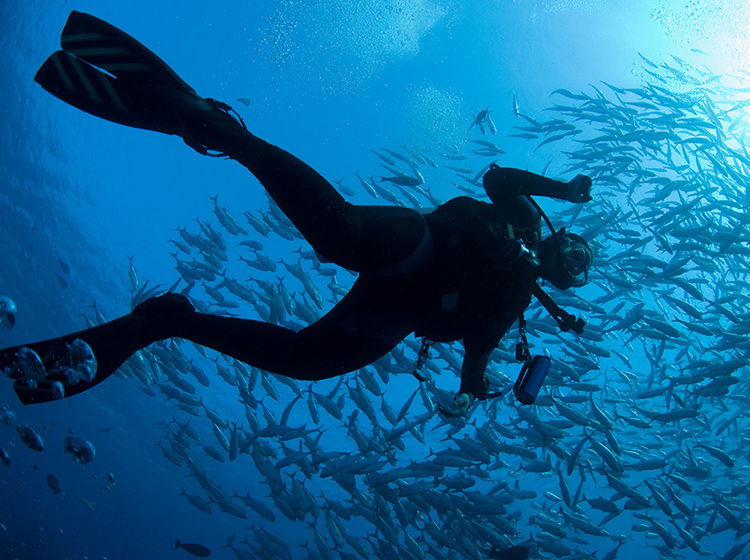


you've been missing without even knowing it.
You may find a new tone that resonates in your heart.



First, try looking, listening, and feeling.
Next, add some new color to your everyday life, by finding sounds that are just for you.

Number of Tracks : 150
Sound Archive includes four channels: Nature, Machinery, Human, and Ambient. Listen and feel these sounds for yourself.
Sounds collected from lands around the world will take you on a journey.
Pioneer introduced the "A-8" to the world in the year 1937, as its first-generation, hi-fi dynamic speaker product. The "more sound to more people" idea of the founders became Pioneer's corporate philosophy and was reflected in the company's business activities, as Pioneer created a wide variety of products.
When one thinks of a "sound", the first thing one thinks of is typical music, or a movie soundtrack, or perhaps a sound related to communication, such as a beep or a ring tone. Sounds are also characterized by their ability to condition us, and can contribute to the creation of a space.
Pioneer's "commitment to sound" includes not only the pursuit of high-fidelity (high-quality) audio equipment, but also includes audio interfaces that precisely convey information, as well as content that can be used to create a soundscape that is part of a natural living space. Sound Lab's sounds have been created from this perspective of presenting this kind of space.

The sounds in Sound Lab have been recorded as a part of countless Pioneer projects around the world, in Europe, North America, Central America, South America, Southeast Asia, the South Pacific, and Africa.
The hidden, rarely-visited tropical rainforests and jungles of Malaysia, India, Africa, and other parts of the world. Coastlines around the world, including Fiji, Hawaii, Australia, Mexico, and others. The rich cultural tableaus of street corners in places like Lisbon, New York, southern France, and Milan. Colorful local culture in locations around the American South, Cuba, Brazil, Bali, and elsewhere.
Pioneer has also taken on the challenge of capturing sounds that one rarely gets the opportunity to listen to from up close, such as an F1 race car on a test course, a rocket launch, the cockpit of a jet fighter, and flowing lava.

The audio sources recorded during various projects have been recorded with the latest equipment, formats, and packages, reflecting each different age.
Recorders have included the old Nagra Digital open-reel digital tape recorders, TASCAM-8ch digital tape recorders, Pioneer, Stella, Sony, and other DAT tape recorders, and digital recorders and various other devices that record to hard disks and SD memory. Formats include Fs 44.1 to 96 KHz, 16 to 24-bit, 2 to 8 channels, and a wide range of different combinations. Microphones that have been used include SANKEN, Sony, and other condenser types, all of which have tough specifications that allow them to survive out in the field. A variety of different microphone types are selected according to the recording location and target, including unidirectional, omnidirectional, stereo, superdirective shotgun, 5-channel surround, binaural dummy head, and headphone contact microphones.
Audio sources recorded in this way are then loaded into PC-based DAW editing software and subjected to mixing, editing, and effects according to their purpose, resulting in a master file. All Sound Lab audio sources are in MP3 format, and have been uploaded converted to a 128 kbps bit rate and a 44.1 KHz sampling rate, with two-channel stereo sound.
* Sound Archive requires version 9 or higher of Adobe Flash Player 9 to run. Please download the latest Flash Player. The content on this site is recommended for broadband connections. Click the Enter button above to display a separate window at full screen size. Please set your monitor's resolution to at least 1,024 x 768 pixels to enjoy this feature.